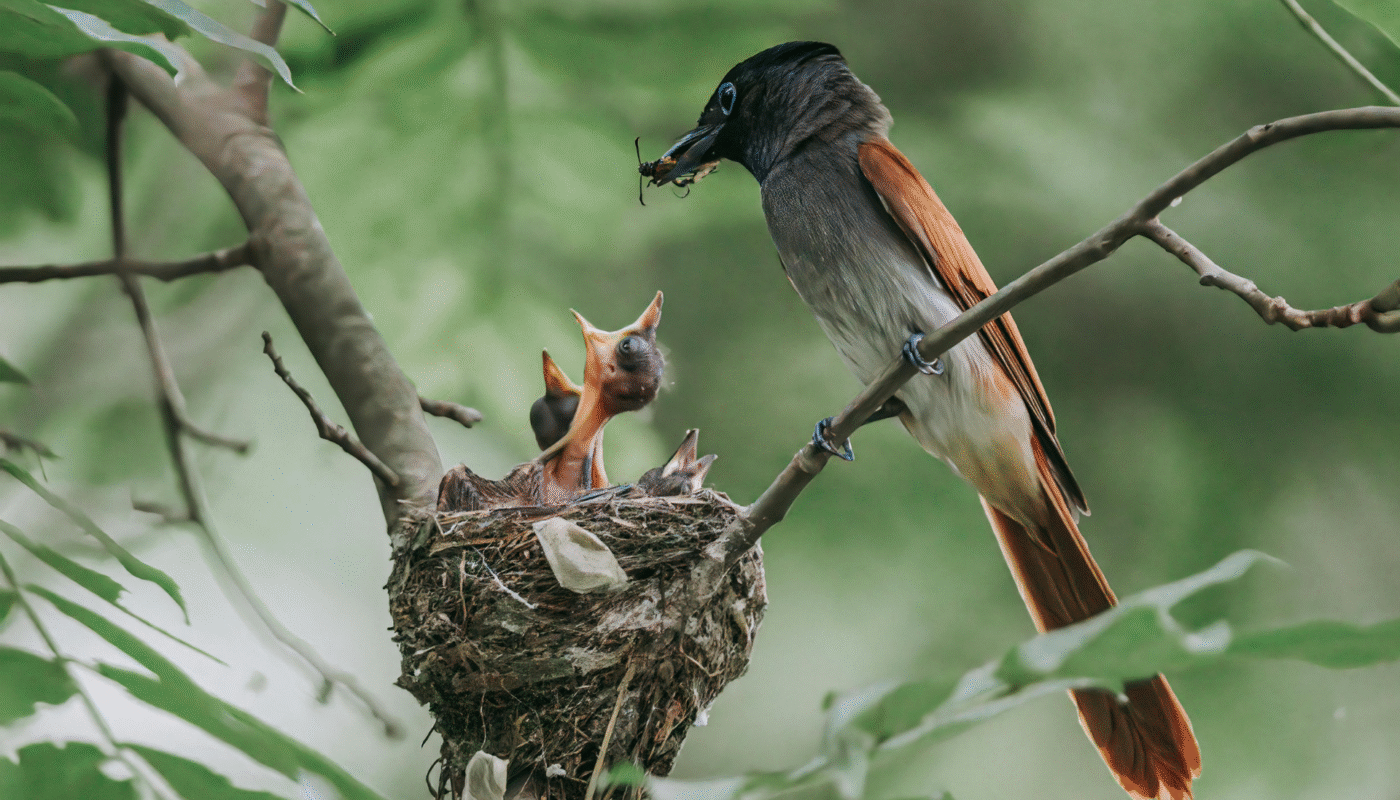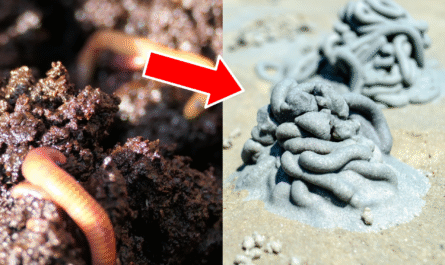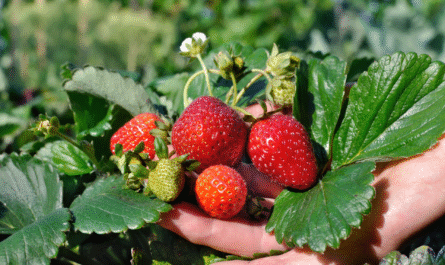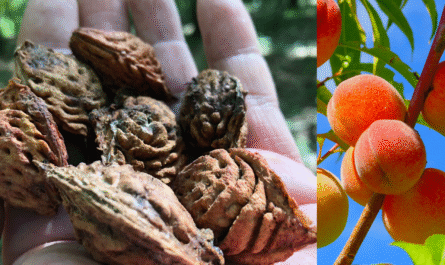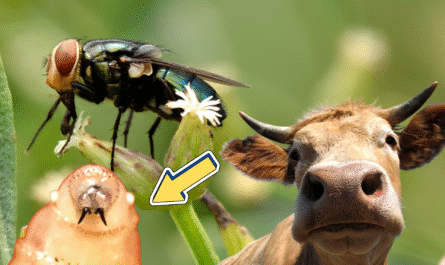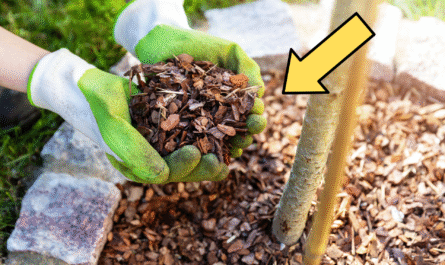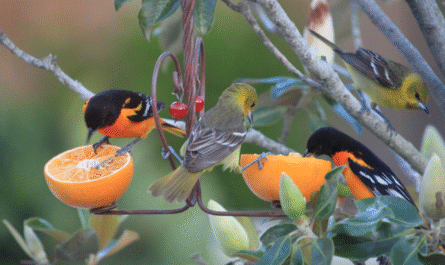As someone who’s spent years designing bird-friendly gardens, I know firsthand how hard it can be to strike the right balance. You want to attract songbirds with food, offer them shelter from predators, and create a habitat that helps them thrive.
But there’s one problem that throws everything off: cats. Whether they’re feral or pets, cats are skilled hunters.
They can turn a peaceful garden into a danger zone for birds. That’s why I lean heavily on two specific plants: sweet briar rose and cockspur thorn.
These aren’t just beautiful additions to a garden. They’re functional, multi-tasking plants that nourish birds, offer them protection, and create physical barriers cats won’t cross.
1. Sweet Briar Rose (Rosa rubiginosa)
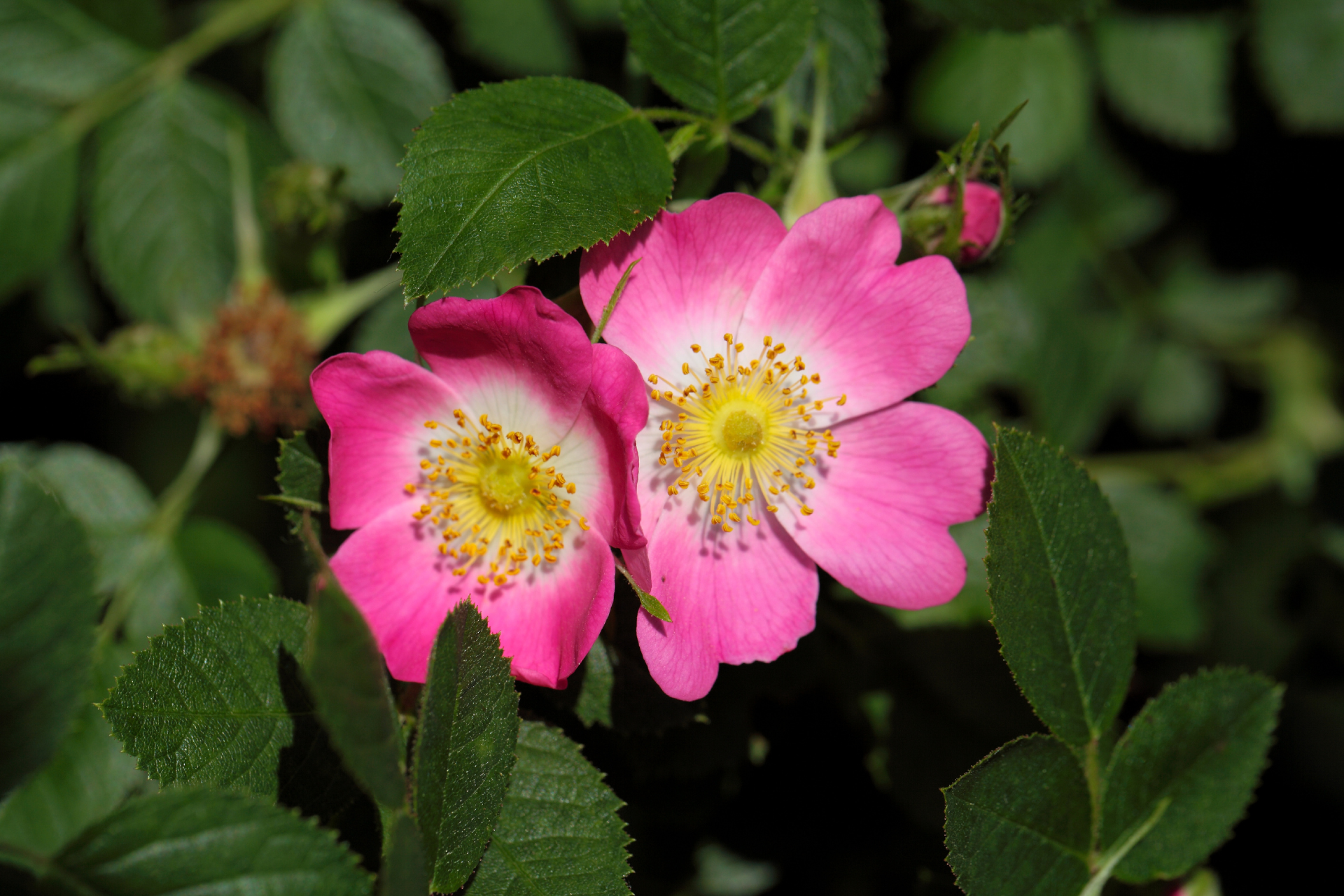
Botanical Profile
Sweet briar rose, also known as eglantine, is a deciduous shrub native to Europe and western Asia. It typically grows between 6 to 10 feet tall and can spread equally wide.
Its arching canes are covered with small, hooked thorns, and its delicate pink flowers bloom in early summer. But the real magic is in its foliage. Rub its leaves, and you’ll get a hit of apple-scented fragrance that’s unmistakable.
Why Birds Love It
- Food Source: After flowering, the plant produces bright red rose hips in late summer. These hips are packed with vitamin C and provide a crucial food source for birds like thrushes, finches, and waxwings.
- Nesting Site: Its dense, thorny branches create a perfect environment for nesting. Small birds like wrens and robins find safety in its tangled mass.
- Year-Round Utility: Even in winter, the hips remain, offering visual interest and a last-ditch food source.
Why Cats Avoid It
Sweet briar rose is no friend to prowling felines. The dense, thorn-covered branches form a nearly impenetrable barrier.
Cats dislike navigating thorny spaces; it’s physically uncomfortable and risky. That means any bird sheltering in this shrub has a built-in defense system.
How I Use It
I plant sweet briar rose in hedgerows, borders, and even as standalone features in more open areas. It can be shaped loosely or allowed to sprawl into a more natural form. I often position it near feeding stations or birdbaths, giving birds a quick escape route into cover.
2. Cockspur Thorn (Crataegus crus-galli)
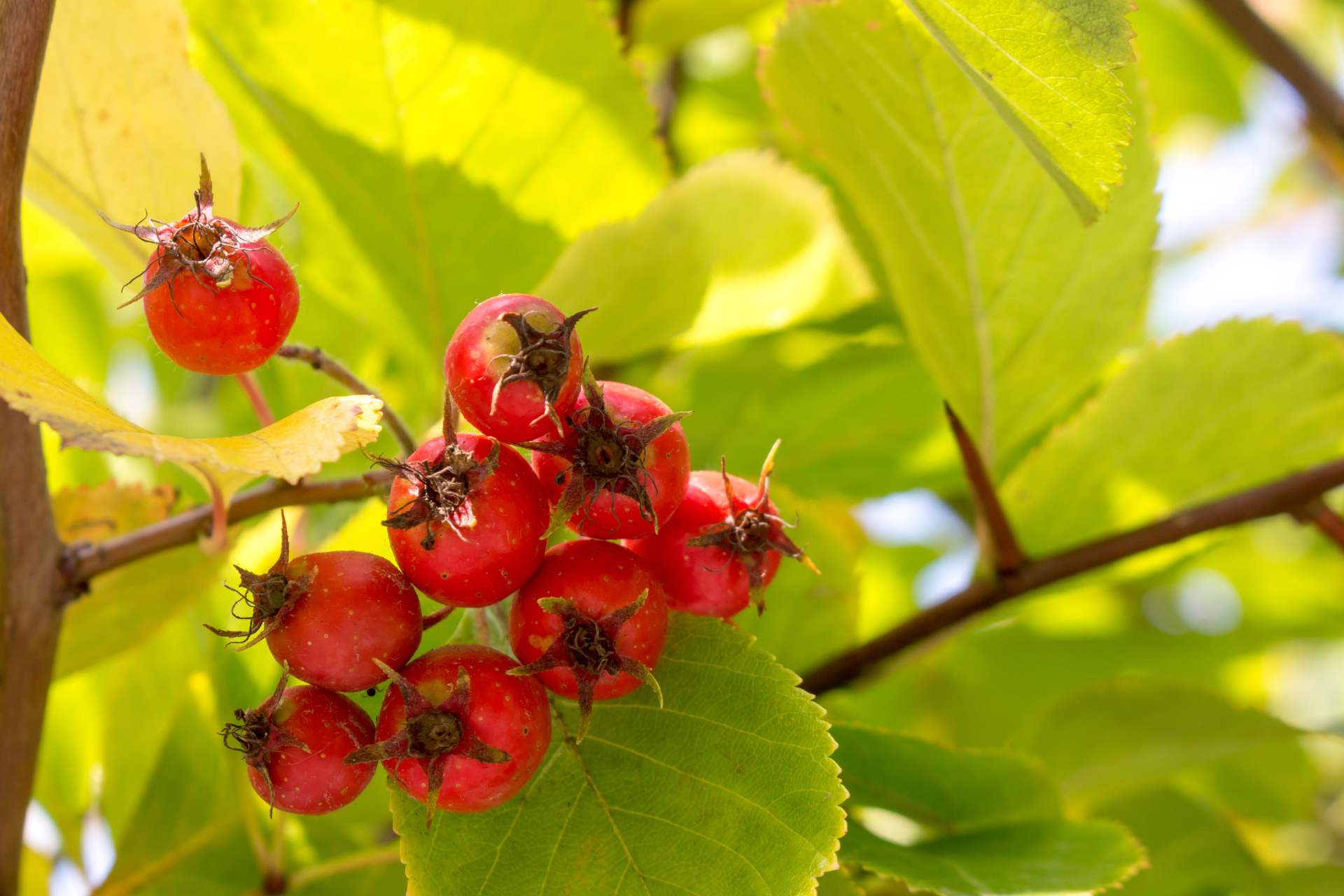
Botanical Profile
Native to eastern North America, cockspur thorn is a small tree or large shrub from the hawthorn family. It grows about 20 to 30 feet high and can be equally wide.
The name comes from its wickedly sharp, curved thorns that resemble a rooster’s spur. In spring, it puts out clusters of white flowers, followed by small red pomes (fruit) in the fall.
Why Birds Love It
- Fruit Bonanza: The red berries persist into winter, feeding cedar waxwings, mockingbirds, and cardinals.
- High Vantage Points: Its upright growth habit and wide-spreading branches provide perching and lookout points.
- Secure Nesting Habitat: The thorns offer serious protection against predators. It’s like barbed wire, but alive.
Why Cats Avoid It
The thorns on cockspur thorn are no joke. They can grow up to 3 inches long and are strong enough to pierce through fabric and flesh.
Cats are smart enough to keep their distance. They instinctively avoid pain and will not pursue birds into this natural fortress.
How I Use It
I use cockspur thorn as a centerpiece in wildlife garden beds or as part of a protective perimeter. It’s ideal near garden edges, where birds come in from surrounding areas. It’s also a great windbreak and can anchor more open spaces where cover is sparse.
Strategic Planting
It’s not just about the plants; it’s about how you use them. Here’s how I integrate sweet briar rose and cockspur thorn into a larger bird-friendly, cat-discouraging layout:
1. Layered Cover
Birds like vertical diversity. I combine low-growing native grasses and perennials with mid-height shrubs like sweet briar, and taller features like cockspur thorn. This creates layers of escape routes and nesting options.
2. Perimeter Defense
I place these thorny plants along fences or boundaries. This turns the edge of the garden into a natural deterrent for wandering cats.
3. Near Feeders and Baths
Shelter should always be nearby. I plant sweet briar within 6 feet of feeding areas, so birds can dive into cover if a threat appears.
4. Seasonal Planning
Both plants offer benefits across seasons—from flowers in spring to fruit in fall and winter. This keeps birds coming back year-round.
Bonus Benefits for Gardeners
These plants aren’t just for the birds.
- Pollinator Attraction: Both species draw bees and butterflies with their blossoms.
- Low Maintenance: Once established, they need minimal care.
- Aesthetic Appeal: Sweet briar brings fragrance and color; cockspur adds structure and drama.
- Security: I’ve had clients use them to deter human intruders as well as animals. They’re that effective.
Potential Drawbacks and How I Handle Them
Every plant has its challenges. Here’s what to watch for:
Sweet Briar Rose
- Spreads Easily: It can self-seed aggressively. I prune it after flowering and deadhead to manage.
- Thorns: Not ideal along pathways. I plant it away from high-traffic areas.
Cockspur Thorn
- Messy Fruit Drop: In urban settings, fallen fruit can be a nuisance. Rake occasionally.
- Suckering: Like many hawthorns, it may send up shoots. I cut these back yearly.
Final Thoughts
If you’re serious about helping birds thrive while keeping predators like cats at bay, sweet briar rose and cockspur thorn are two of the best allies you can plant. They do it all: feed, shelter, protect, and beautify. You don’t need chemicals, cages, or complicated deterrents. Just plant smart. Let nature handle the rest.
FAQs
Are sweet briar rose and cockspur thorn safe for other pets?
Yes, generally. Dogs tend to avoid the thorns, and the plants aren’t toxic. But always supervise curious pets.
How long do these plants take to mature enough to protect birds?
Sweet briar rose can become dense within 2-3 years. Cockspur thorn takes a bit longer, usually 4-5 years for full height and thorn coverage.
Will these plants attract bees and wasps?
Yes, especially in spring. Their flowers are nectar-rich. This is great for pollination but may require care if you’re allergic.
Can I grow these in containers or small gardens?
Sweet briar rose can work in a large container for a few years, but cockspur thorn needs space. Both do best in open ground.
What climate zones are best for these plants?
Sweet briar rose thrives in USDA zones 4-8. Cockspur thorn is hardy in zones 4-7. Both handle cold winters and hot summers well.

